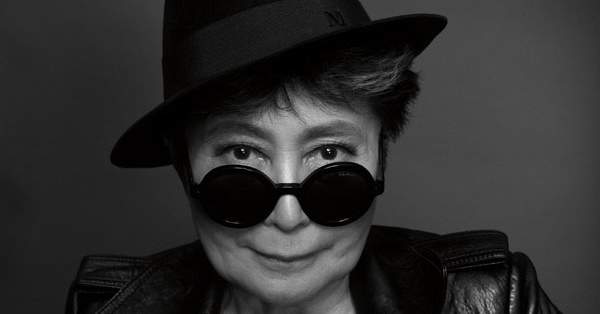War Is Over! (if you want it)
Peace, love and Yoko Ono.
Overview
Yoko Ono. The name carries a lot of associations. John Lennon. The Beatles and their subsequent break-up. Weird clothing designs and weirder musical experimentations. Regardless of what Yoko means to you, her retrospective, War Is Over! (if you want it), at the Museum of Contemporary Art is well worth a look. She's a powerhouse of an artist and she's racked up a surprising amount of achievements in her 80 years, many of which have been eclipsed by the spectre of Lennon.
Yoko's life has been peppered with hardship. Born in 1933 in Tokyo, her father got a job in San Francisco and the family spent the next few years moving from Japan to the U.S. and back again. They were living in Tokyo when the U.S. decided to firebomb the city. Her father was held in a concentration camp while his once wealthy family was forced to carry their possessions in a wheelbarrow and beg for food. Fast-forward a few years. Her second husband, Anthony Cox, has abducted the daughter she had with him, changed the child's name and absconded to an underground Christian sect. She found love with Lennon but the years she spent with him were no walk in the park, either. She suffered a miscarriage, served as the target of crushing hatred and vitriol following the break-up of the Beatles and then, in 1980, she witnessed her husband's brutal murder at the entrance to the Dakota Building in New York.
It's a litany of woe and what is most remarkable is that in the face of all this, Yoko has become a tireless proponent of peace and love. What is striking about War Is Over! (if you want it) is the sheer joyfulness of the pieces. The exhibition is ridiculously happy-making. The works are highly conceptual but very, very accessible and many encourage viewer interaction. When first entering the gallery, you'll be greeted by several tables with chess sets atop them. It will take a moment to notice that all the pieces are white. In order to effectively play the game, both participants need to actively engage in discussion. It's tremendous fun.
Glass Keys to Open the Skies is another notable work. The small keys sit, evenly spaced, in a small Perspex box. It’s such a wonderful trigger for the imagination. Another work invites you to write a small message to your mother which you then tack to the gallery wall, allowing everyone to broadcast a message to your mum on one of the most 'important' walls in Australia.
Many of the works involve wishing or hope for something better. There's a box where you can make a travel wish and up on the terrace there are a few of Yoko's Wish Trees. You write a wish on a small piece of paper then attach it with twine to the branches of the tree. The effect of the paper and twine amongst the leaves is beautiful. Perhaps the real magic of the work lies in the reading of other people's wishes. It can be a profoundly affecting exercise. You're reminded that we all pretty much want the same things. Most of the wishes fall into the same category - the desire for happiness both for ourselves and the people we love.
Would she be as famous today had she not married Lennon? Probably not, but does it matter? She's a wonderful artist.





